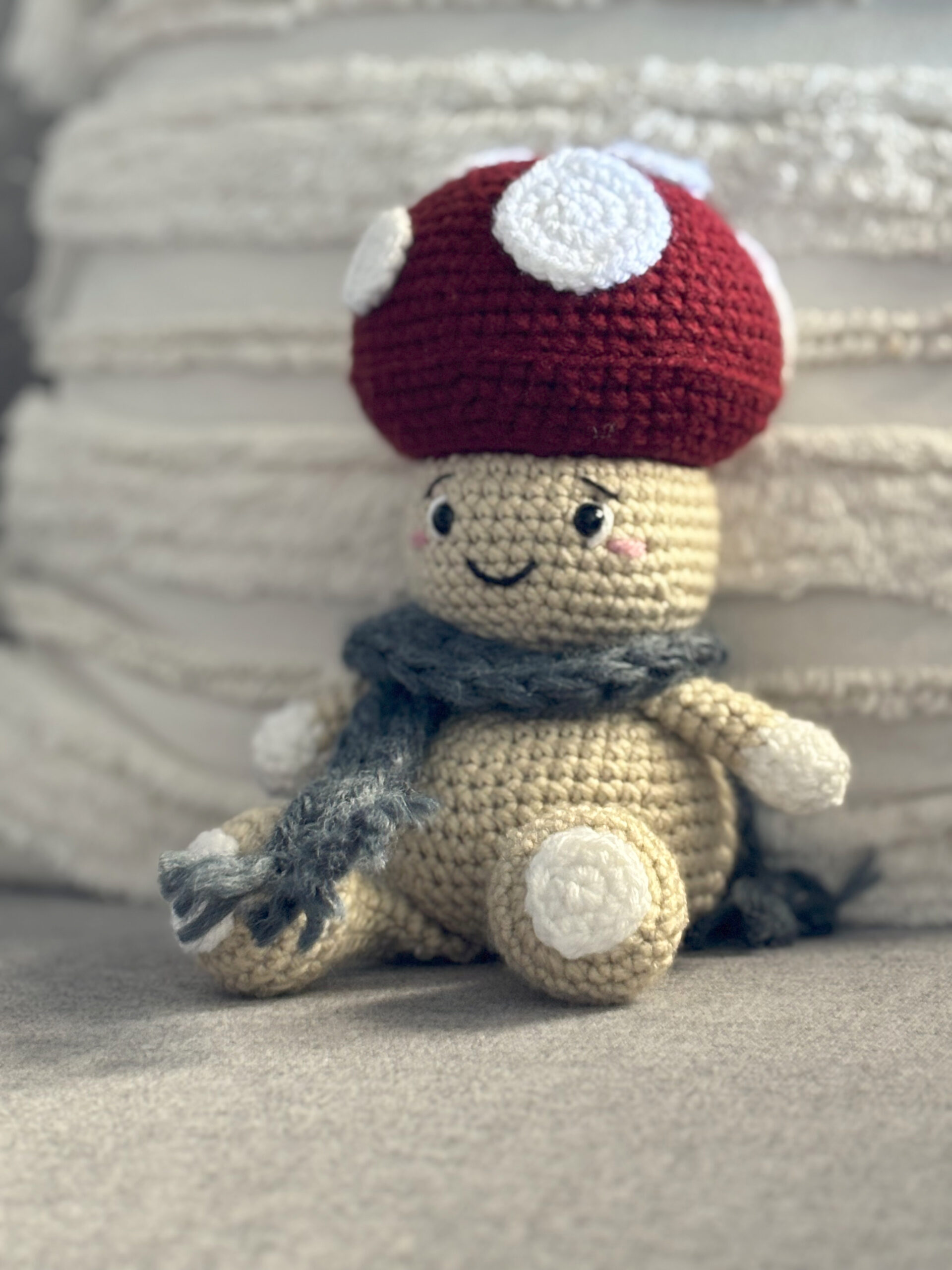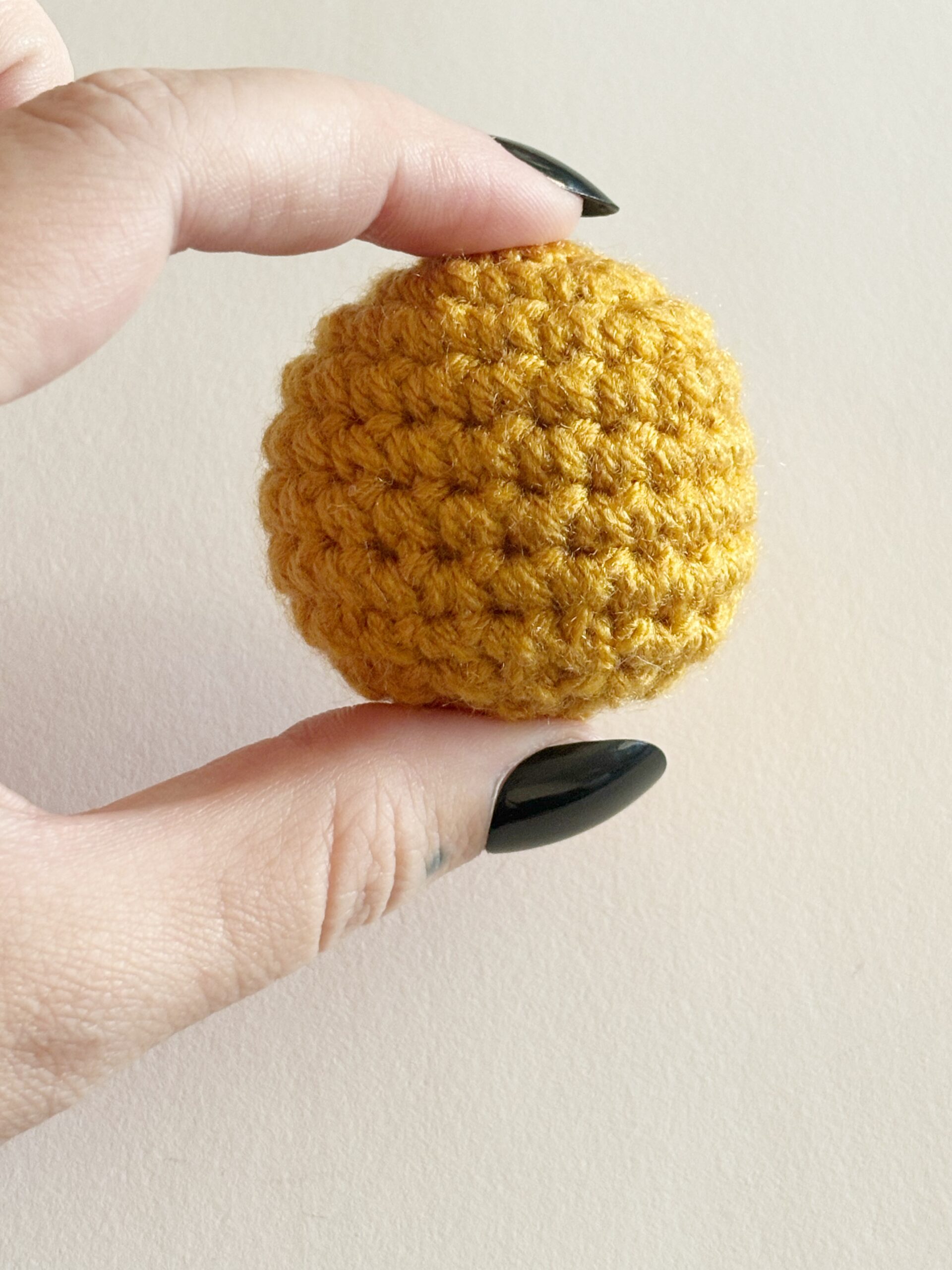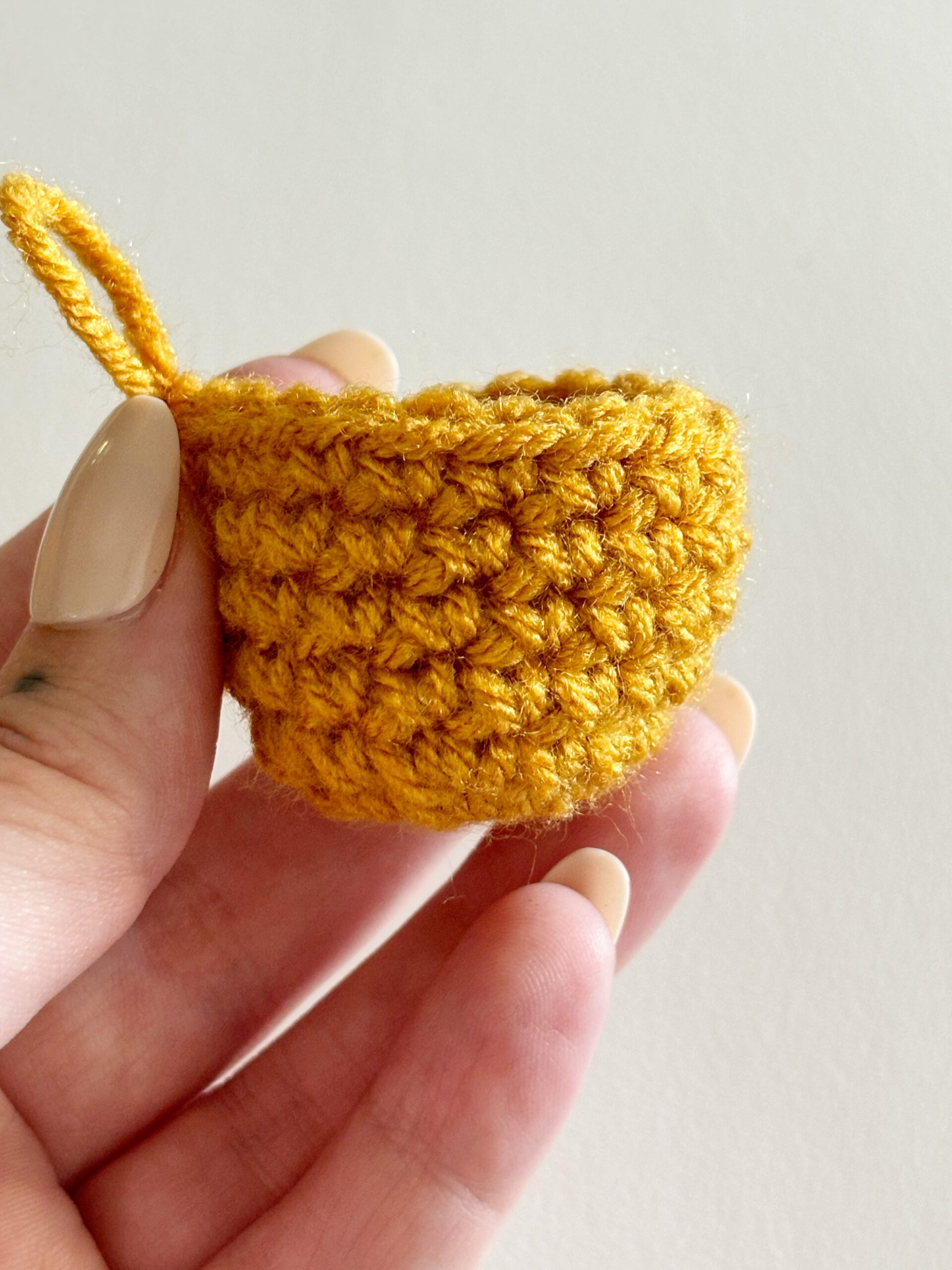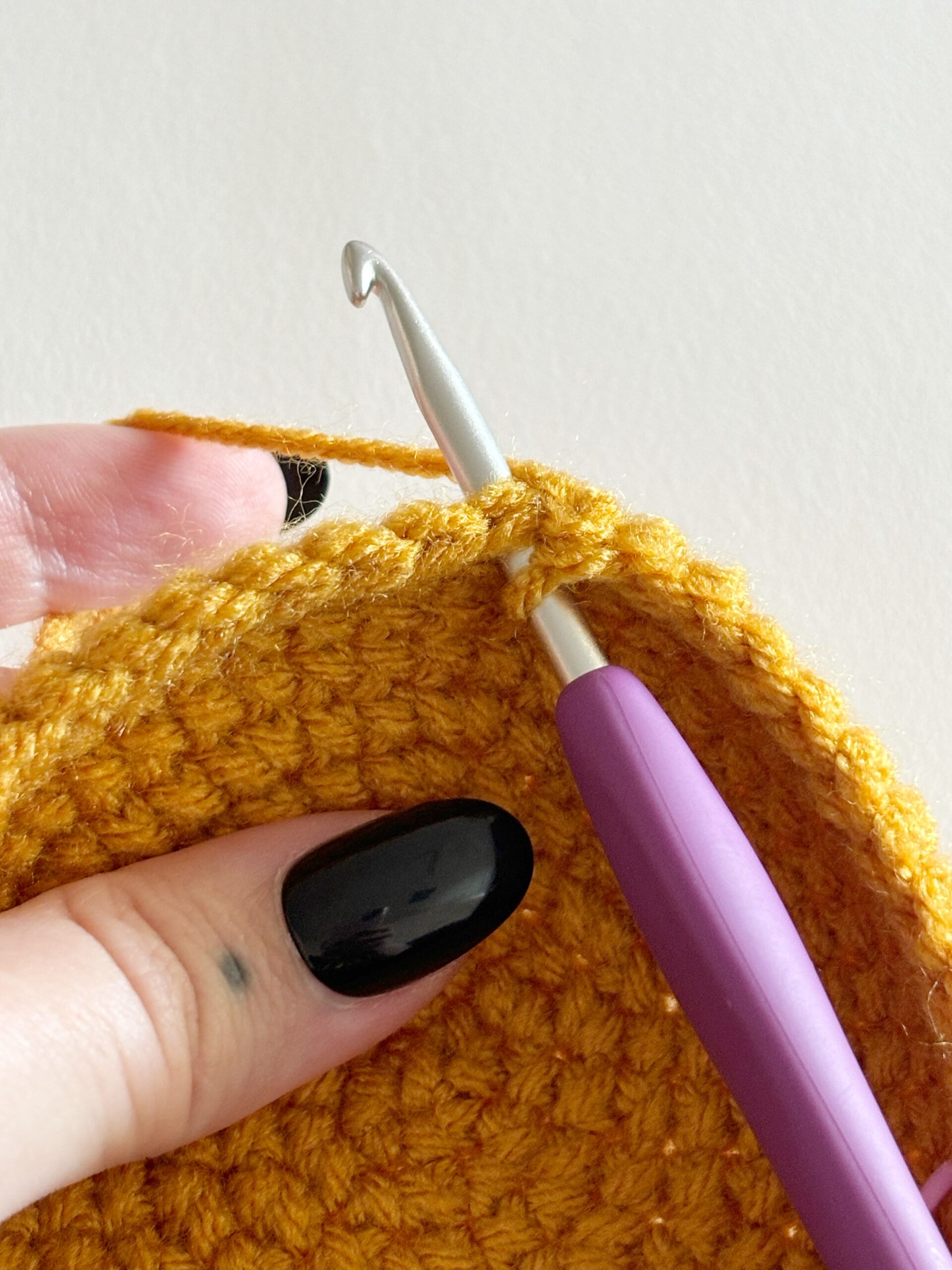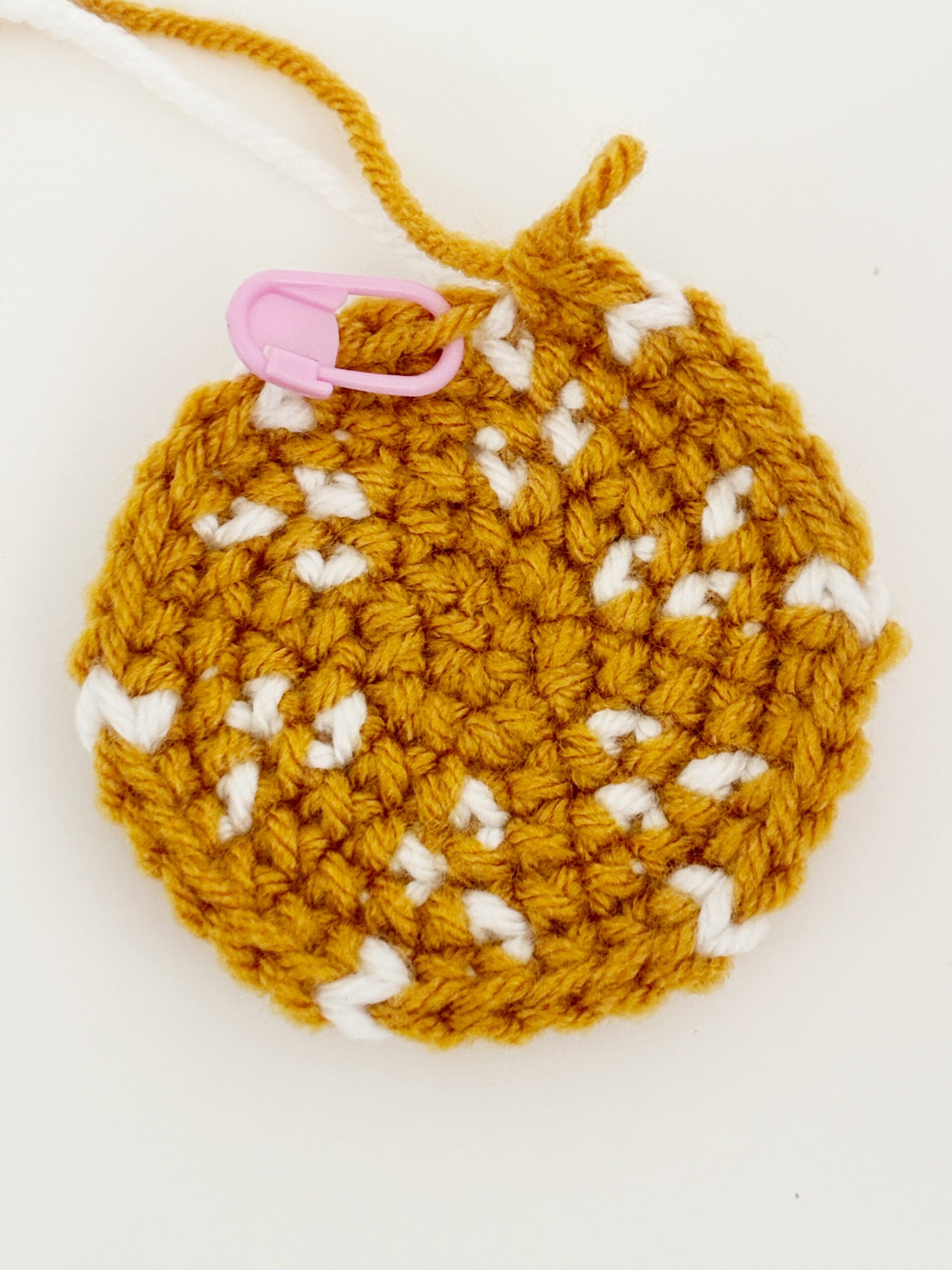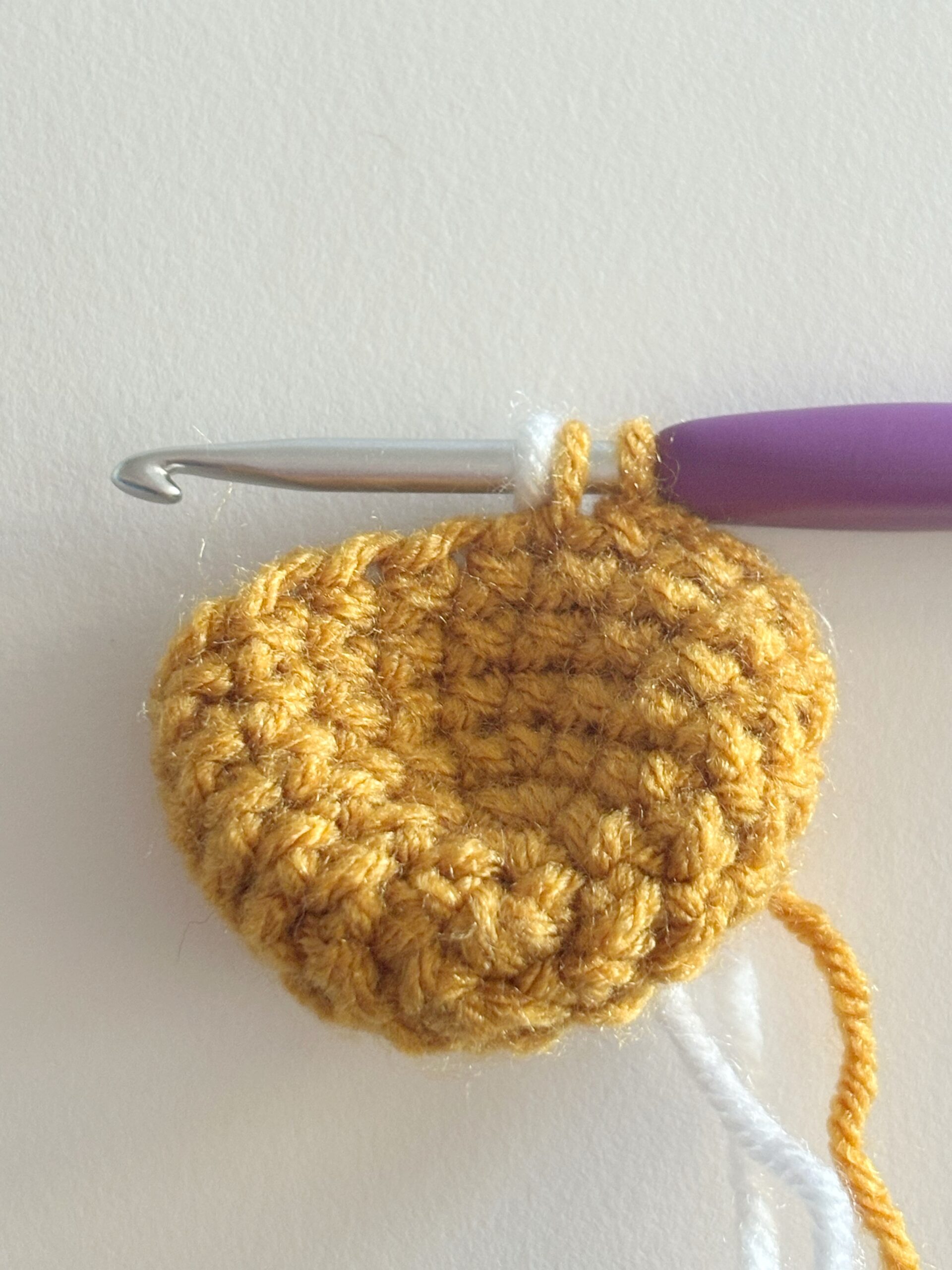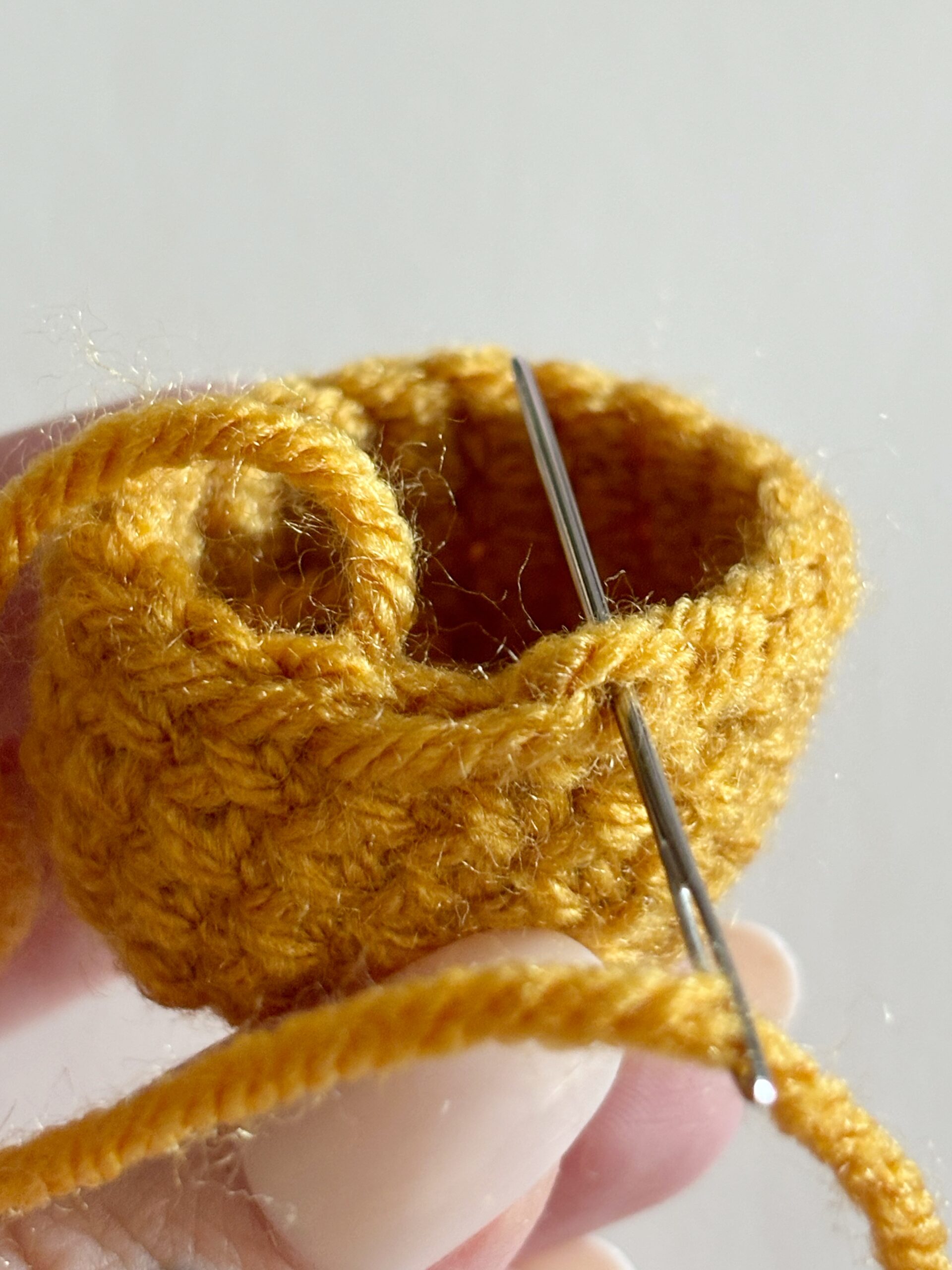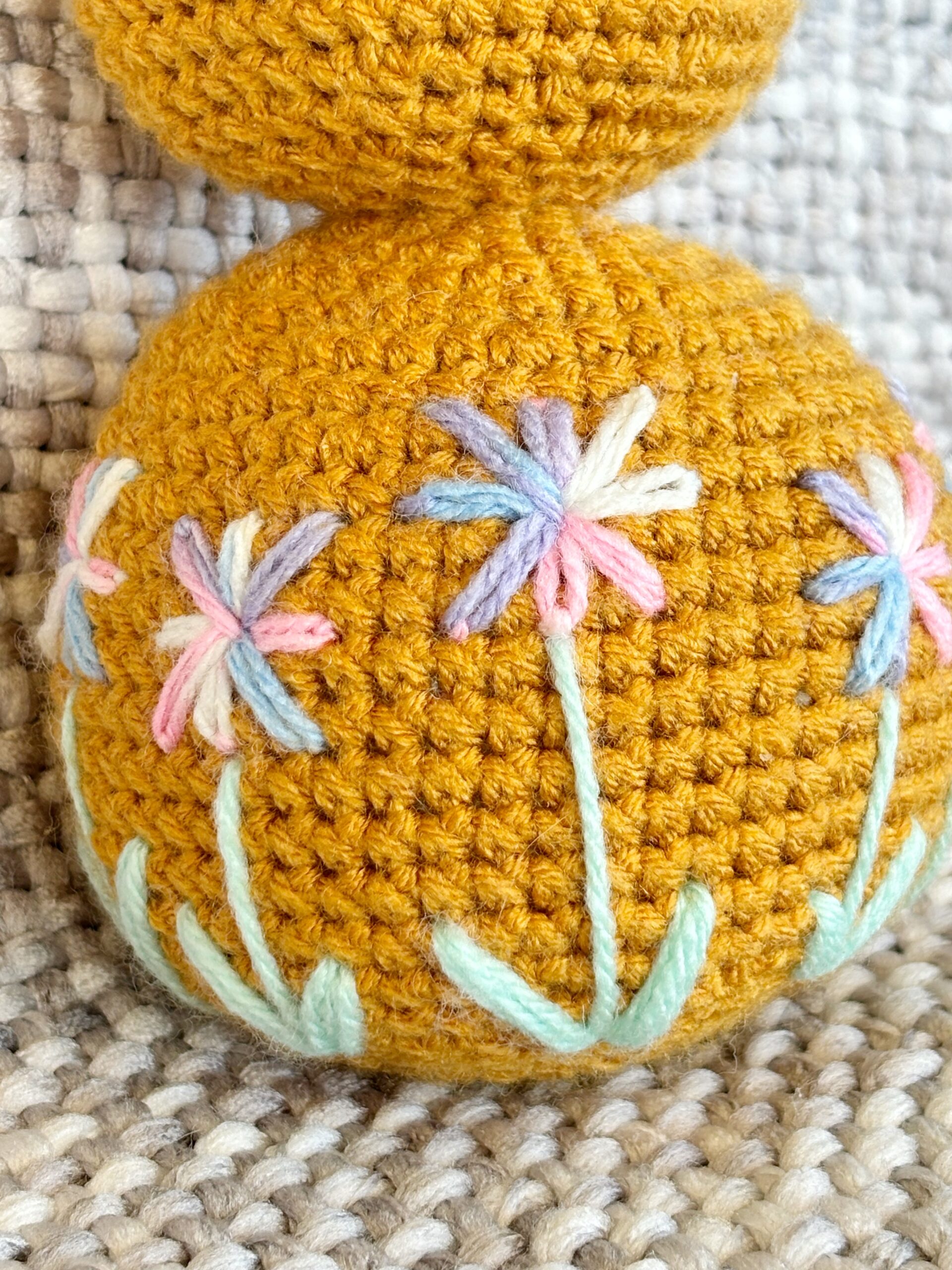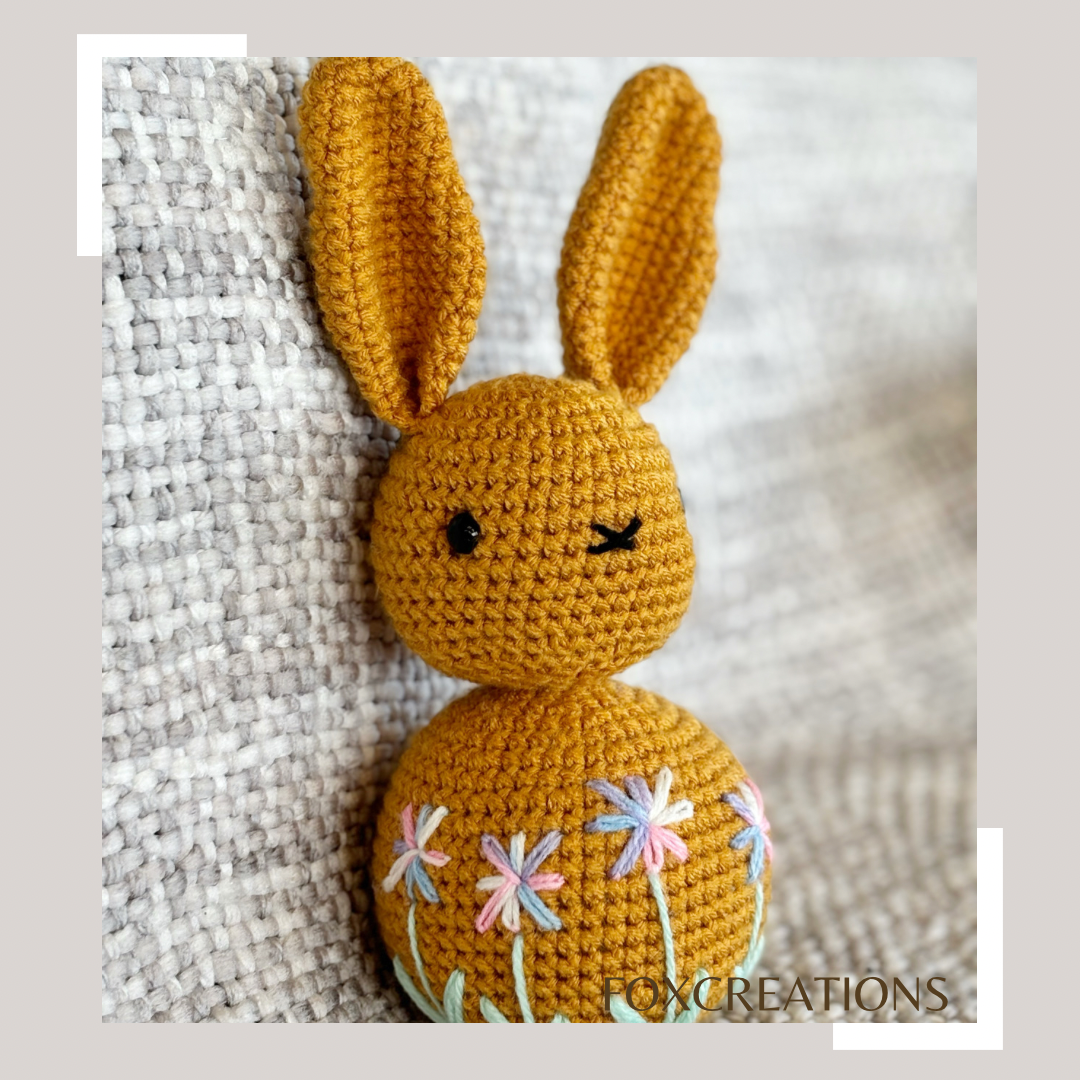
How to Get Started with Amigurumi
In this Amigurumi 101 lesson, we’re going to learn how to get started with amigurumi.
We’ll outline all the items that you need to begin making your own crochet toys:
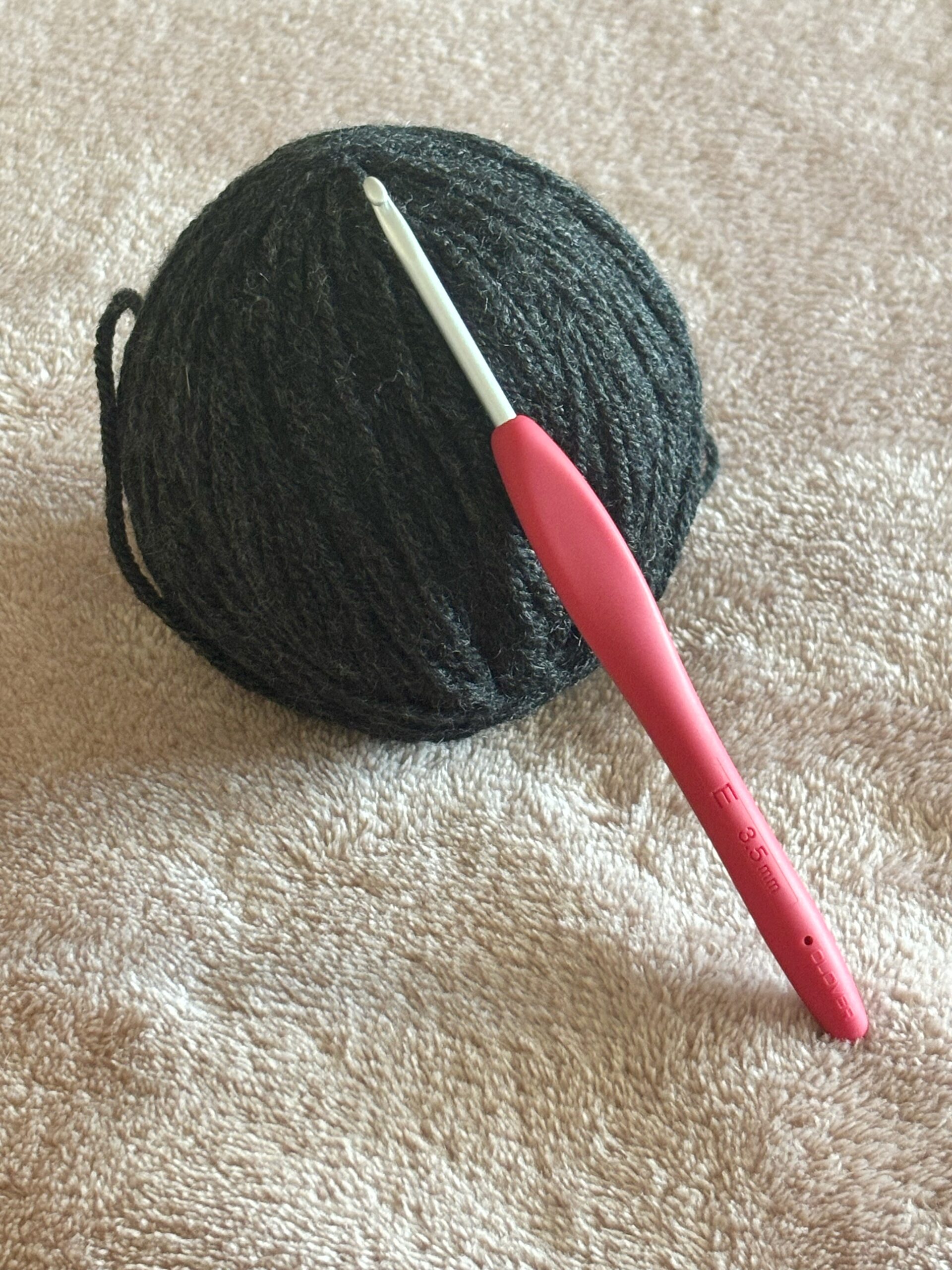
Yarn & Hook
First, you’ll need some yarn and a crochet hook that matches the yarn weight and your tension. For amigurumi, you want the stitches to be tight so that the filling doesn’t show through. Start off with a hook a size or two smaller than what’s recommended on the yarn label.
For Worsted weight yarn, we typically use a 2.5mm or 3mm hook; for Aran weight, we find that a 3mm or 3.5mm works best. For Bulky chenille yarn, the hook may range from a 4mm to a 6mm depending on your tension.
As a beginner, we suggest choosing an acrylic yarn in Worsted or Aran weight to practice. It doesn’t have to be anything fancy!
Giant plushes are all the rage, but it can be difficult to see your stitches with blanket, fuzzy, or chenille yarn. We don’t recommend them for beginners who are still learning the basics, but this is your journey! If that’s the yarn you have, then give it a whirl.
A good hook will make crocheting a whole lot easier! Our favourite hooks are from Clover Amour. While they’re not cheap (a set will set you back around AUD $80), they are well worth the investment. We have had the same hooks for years, and we crochet every day.
Tip: If you’re using acrylic yarn, your finished work can look fuzzy. A good way to minimise this is to use a Fabric Shaver like the one from Philips.
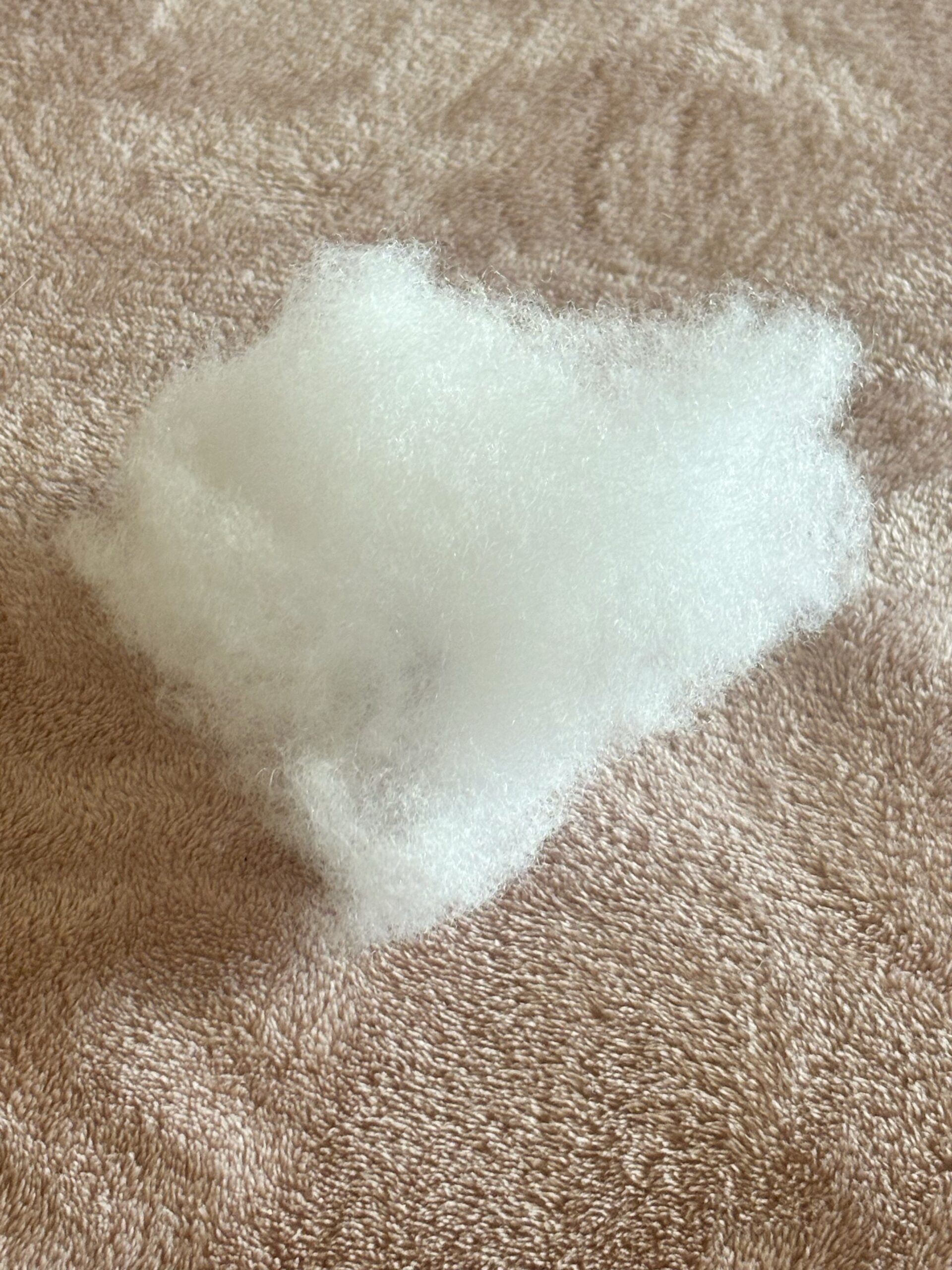
Stuffing
You’ll need something to stuff your amigurumi with. We typically use a polyester filling for toys (available at craft shops), but you can also use your yarn scraps or even bits of fabric. Just keep in mind that polyester filling will give you the best shape to your pieces.
Polyester filling can be expensive ($27 per kg from Spotlight), so some people use the filling inside of cheap pillows from stores like K-Mart or Wal-Mart. Work within your budget.
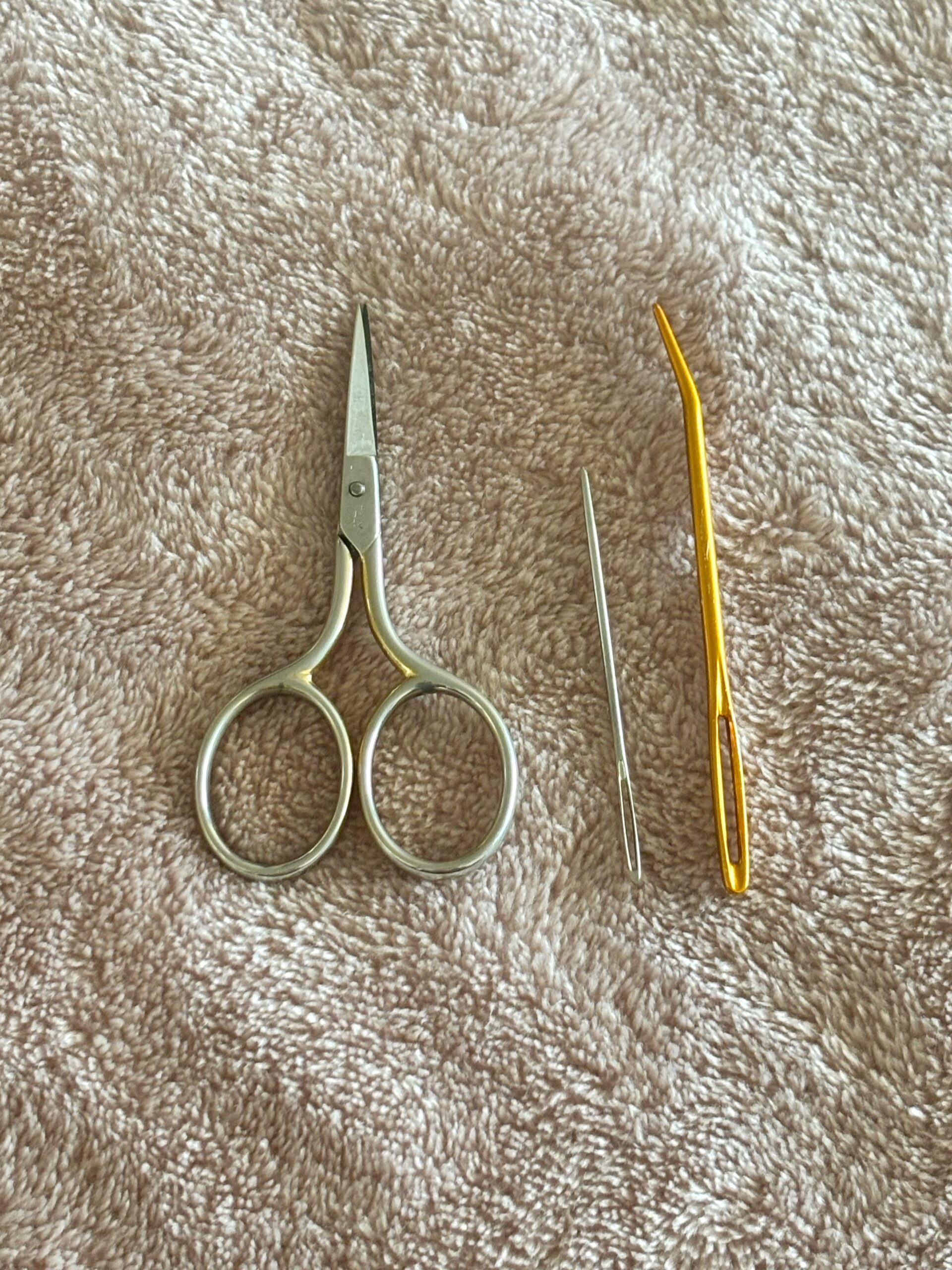
Yarn Needle & Scissors
A tapestry needle with a large eye will help you weave in your ends and sew the amigurumi parts together.
If you are using thicker yarn, you may wish to upgrade to a bent hook with an extra large eye like the Jumbo Darning Needles sold by Clover (we are not affiliated with them, but we do love their products).
A small pair of sharp scissors for cutting thread is an essential tool for crochet.
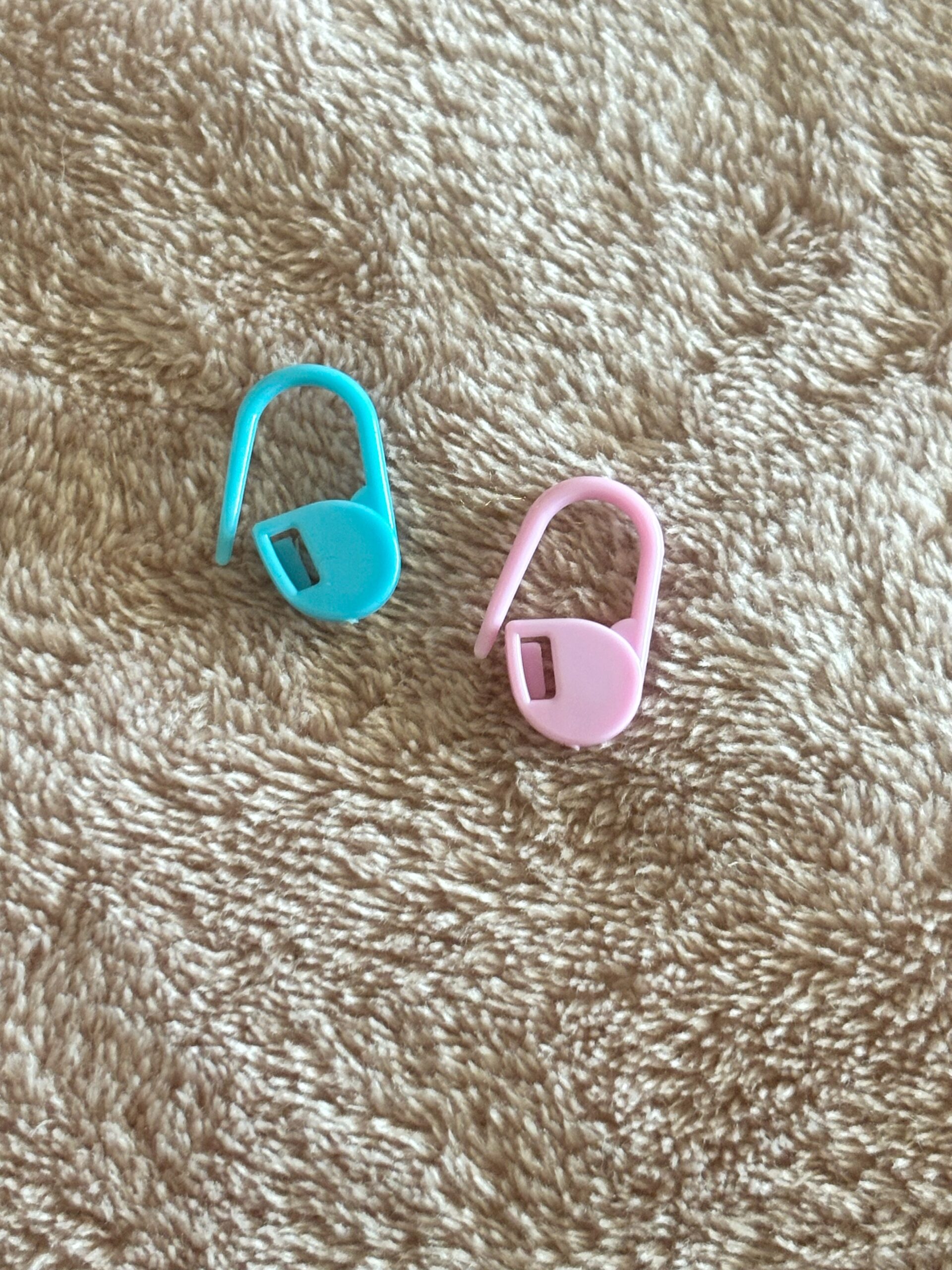
Stitch Markers
Amigurumi are typically worked in the round in a spiral. This means that you won’t be connecting each round with a slip stitch, so you’ll need a way to keep track of your rounds.
Our favourite stitch markers are the locking type, but you can also use a piece of yarn, a bobby pin, a safety pin, or even the cute little markers people sell on Etsy. Again, find what works for you and your budget.
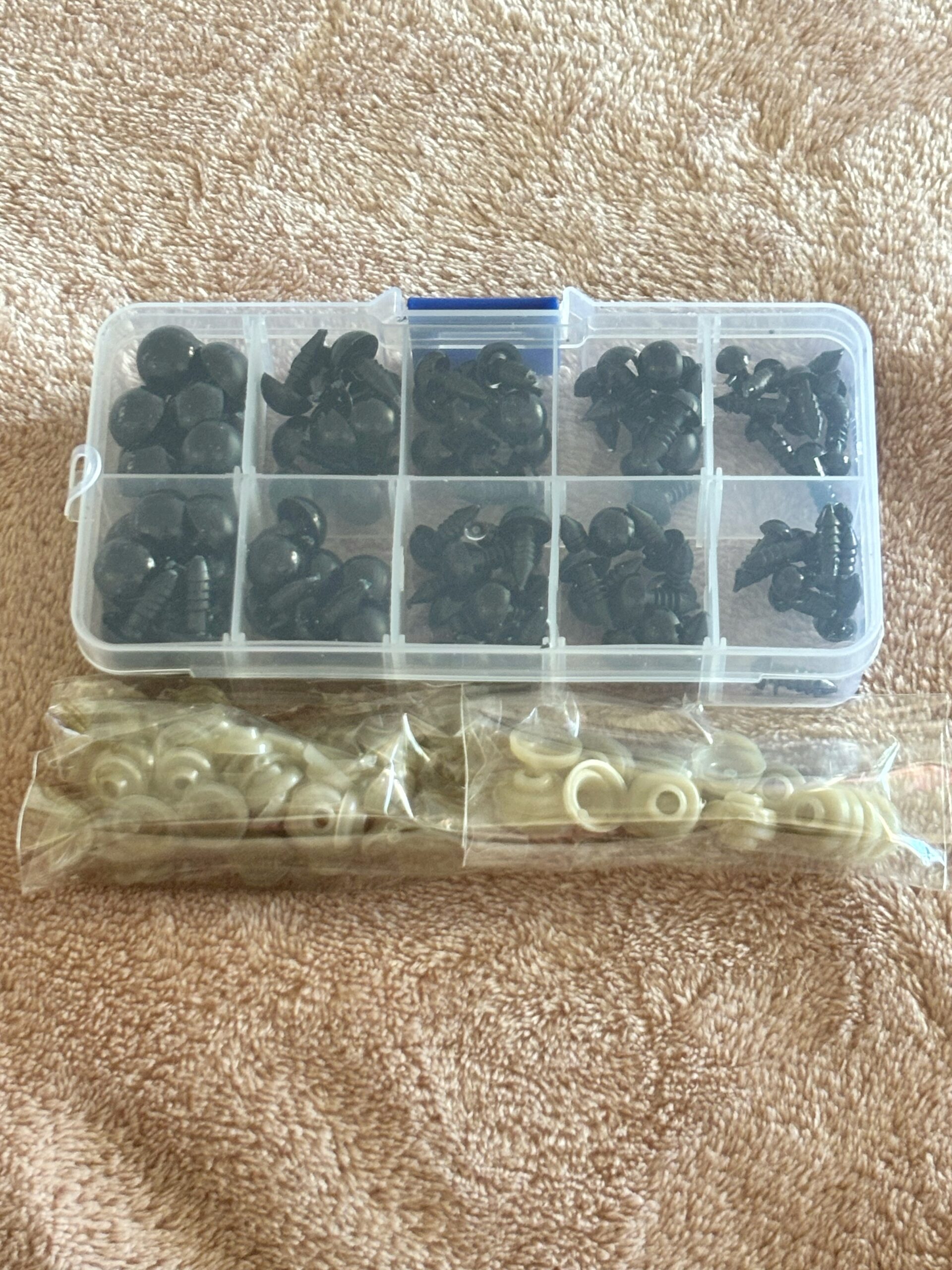
Safety Eyes
Plastic safety eyes with washer backs are a staple of any toy-maker’s kit. They come in all kinds of shapes and sizes and are fairly inexpensive. You can find kits with a variety of sizes available on eBay and Amazon.
If you’re looking for something a bit better quality, there are artisan makers on Etsy offering giant eyes, glitter eyes, oval eyes – just about anything you can imagine.
When you’re starting, a cheap pack with different sizes will be fine.
Please keep in mind that even though they’re called ‘safety eyes’, plastic eyes are not recommended for kids under 3 years of age. While the washer might seem secure, little children often chew and suck on toys causing the stitches to open up. The whole eye can come out and be a choking hazard. For little ones, it’s safest to embroider eyes in yarn or floss. Safety first!

